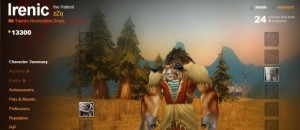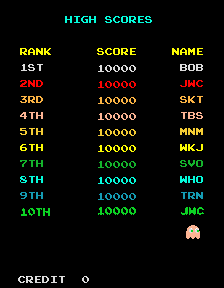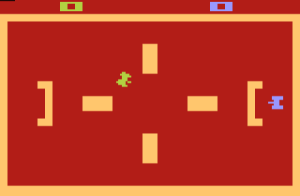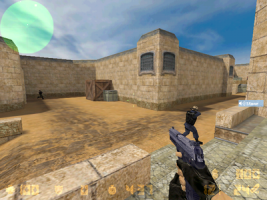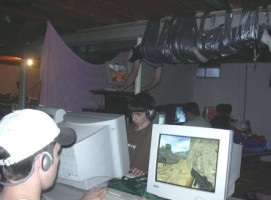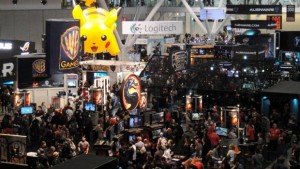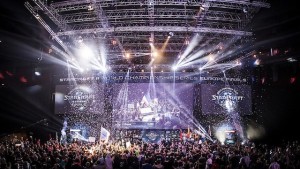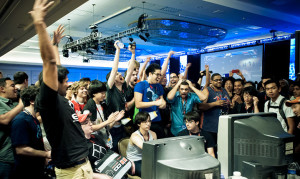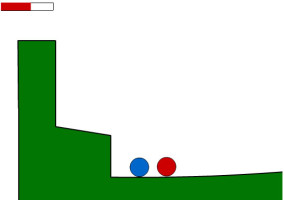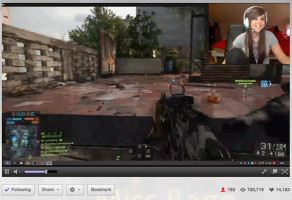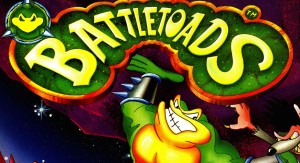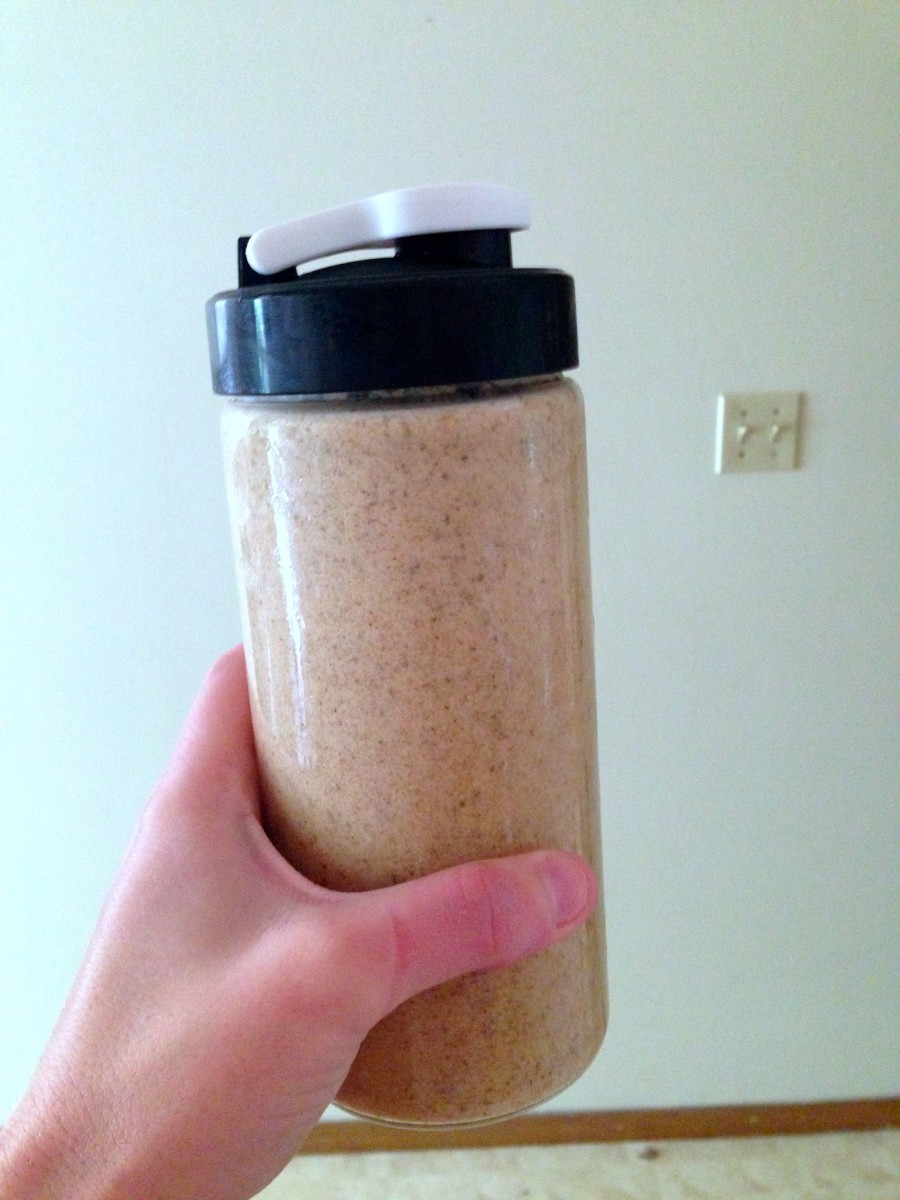I enjoy coffee table books. Those conversation starters that you leave sitting by your couch for guests to flip through and enjoy. One of my favorites is The Gamer’s Bucket List, which is essentially a top 50 list of games that every gamer should play. And while that makes for an enjoyable read (checking off the games you’ve played, finding gems that you haven’t, and arguing for the inclusion of games overlooked), I’ve always felt that a simple list of games is too narrow for a bucket list. To me, a real gamer’s bucket list is not about specific games or specific genres, but experiences that a gamer should have to make themselves well rounded. So, with that in mind, here’s my gamer’s bucket list!

Speedrun a favorite game
Anybody who’s ever watched Awesome Games Done Quick knows that a good speedrun is a thing of beauty. Precision control, quick reactions, mind-bending sequence breaking…It’s a true test of a gamer’s skills and lateral thinking. Even if you don’t set a world record, getting good enough at a game to speedrun it takes the game from just being a favorite pastime to being a “talent” that you can show off and a point of pride.
100% complete an expansive game
Some games don’t end when the credits roll. With a ton of hidden secrets and easter eggs hidden throughout, these games can take days (if not weeks) to fully explore. Most players will never see everything these games have to offer, but at least once it’s worth the effort to dig into every nook and cranny of a game to get that vaunted “100%” next to your save file.
Complete a self-imposed challenge
If you’re looking for a challenge, sometimes just turning the difficulty up to “Insane” isn’t enough. A self-imposed challenge adds additional rules to a game to make it more difficult. Some challenges are simple, like the Nuzlocke challenge in Pokemon, which adds permanent death to an otherwise very forgiving game. Other challenges require a lot of ingenuity to complete, like the pacifist runs of World of Warcraft where you must find a way to reach max level without ever killing an enemy! No matter what the challenge, it will change your appreciation for a game and make you look at it in a whole new light.
Get a high score on a leaderboard
Arcade game designers had the right idea when they added the leaderboard to their classic games like Pac Man and Space Invaders. While it’s fun to get a high score or an impressive time, there’s nothing quite like the validation of seeing your initials on the list of the best the game has ever seen. Online leaderboards listing thousands of players has made it much more difficult to reach the very top, and frequently reset arcade machines means that in-person scores don’t mean what they used to, but it’s worth finding that rare game with a score that seems in reach, and practicing like crazy to beat it!
Play a game in early alpha
The games we play these days are absurdly polished. Even the so-called “betas” and “early access” titles are often near complete when the public first gets their hands on them. But playing a game that’s truly in the earliest stages of development will give a whole new appreciate for how far games have to go to get from prototype to release. It might be hard to actually find a game that has an early alpha you can access, but if you get the chance…take it! And be sure to help the developers make it the best game it can be.
Play a game that came out before you were born
Games have advanced quickly in a very short amount of time. I still remember when 16-bit graphics were “realistic” as opposed to “retro.” But, unless you were born before 1972, you’ve only been around for part of that history. Getting your hands on a game that came out before your time will help you appreciate that even the games you consider “primitive” still have something to offer!
Play all the games in a long-running series
My how Mario has grown. Since his initial Arcade release so long ago, he’s gone from 8 bit to 16 bit to 3D to outer space and most recently has been sent to the masochistic hellscape that is Mario Maker levels. Playing a game series through all of its iterations (maybe excluding spinoffs) is a great way to see not only how technology has evolved, but also how game design itself has changed over the years. You can see how early games were simple enough for a player to play without prior instruction, while new game need tutorials for even the most simple skills. You can see how modern games have advanced in storytelling far beyond what early games even attempted. No matter what game series you pick, you’ll learn a lot following it through its history.
Play a modded game (romhack)
Some fans just aren’t happy with games the way they are, and are willing to dig in and mod them until they make something completely new. Some mods are good, some are bad, and some even go on to become full games themselves. Playing a modded game will give you an idea of just how creative fans can be when given a game as a starting point.
Get involved in a gaming community
If there’s only one thing that gamers love as much as playing games, it’s talking about them. While it’s possible just to lurk on the forums or post one or two questions, it’s totally worth it to really get involved in a community. I’m personally pretty involved at Kazamatsuri, a community around Key Visual Arts, one of my favorite game companies. I’ve made some great friends just by sharing my thoughts there, and I think it’s worthwhile for any gamer to find likeminded souls by talking about the games they love.
Host a LAN party
I feel like an incredibly old man saying this, but back in my day multiplayer was a hell of a lot harder. Where modern online matchmaking can match you up with an evenly skilled opponent in mere seconds nowadays, it used to take hours to work out all of the weird networking glitches to get a room full of people playing the same game. And while I certainly don’t miss the arcane rituals of network navigation, there was the nice side effect of gaming being a truly social event, with a group of friends all networked together in the same room. For that reason, I think a “LAN Party” is still a great experience for any gamer to have, though it might be worth using a modern game that’s a little smarter about the “online” part.
Attend a gaming convention
Speaking of social gaming events, if getting a room full of people together to play games is fun, then getting a whole convention center full of them is amazing! Ever since my first trip to Blizzcon, I’ve made it a point to attend at least one gaming conference every year. Easily the most popular is Penny Arcade Expo, which happens three times a year in the US, and is always a blast. You get to see and play new games before they’re released, check out the super cool booths and snag some swag. My favorite part is attending panels and hearing from gaming icons, but with so much to do, there’s sure to be something for pretty much everyone.
Attend a gaming concert
If there’s one thing I love more than games, it’s music. But if you put music and gaming together, well…now you’ve really got my attention. I had the good fortune to attend Video Games Live a few years ago, and let me just say that it was an amazing experience. Listening to the songs of my youth, performed by a live orchestra was truly awesome. I had shivers up and down my spine the entire time. Even if you don’t consider yourself a music aficionado, it’s still worth catching one of these shows if it’s in your area.
Watch an eSports tournament live
With the popularity of League of Legends and twitch, it’s hard to remember when eSports in the US used to be a joke. We used to hear about the stadium filling Starcraft tournaments in Korea like they were a complete oddity, but little did we know that they were also in our future. A lot of gamers I know despised sports growing up, perhaps associating them with the jock-type people in school. But it turns out that watching skilled players competing at the highest levels really is a lot of fun, especially when you’re packed in tight with a bunch of other screaming fans. So pick a game you love, find a few players to cheer for, and join the crowd!
Compete in a gaming tournament
You know what’s more awesome that watching a gaming tournament? Playing in one. Everyone has those dreams of being the very best at a game, but few have the drive to really achieve it. Still, if you can get to a competitive level in any game, then you owe it to yourself to sign up for a tournament (even a local one) to compete. There’s a real adrenaline rush when you play a game with something on the line, when you know that your chance at greatness depends on the next game. And you can take that one step further when there are spectators watching, responding to your awesome plays and unfortunate missteps. And who knows? Maybe that tournament could be the first step towards a true esports career!
Design a level, and watch someone play it
Game design is hard, but as players we rarely see all the work that goes into making games. And while most of us don’t have the skills to build a game from scratch, putting together a level in a game like Super Mario Maker is well within our reach. But even more than just building a level, watching another person play through it will be absolutely mindblowing. Odds are that you’ll find that the parts you thought were easy turned out to be hard and the tricks you thought were clever are actually obvious. No matter what, you’ll end up with a lot of respect for how hard it is to make games, even without having to program or make art.
Build a game prototype
Did I mention that game design is hard? While building a level might give you a taste of that truth, nothing will hammer it home like trying to make your own game from scratch. It used to be that you really needed to code to build a game prototype, but nowadays there are a lot of tools out there that promise code-free game design. Sadly, those tools are lying…making a full game still requires quite a bit of code and art…but putting together a simple prototype is certainly possible. You’ll quickly learn that simple things like the speed a character moves or how jumping works can completely change the way a game feels, and you’ll find yourself noticing the little details the next time you pick up a controller. You’ll never look at games the same way again!
Edit: Adding a few more ideas.
Stream yourself playing a game
To say that streaming has taken off would be something of an understatement. I think I spend more time now watching people play games than playing them myself, and I enjoy every minute of it. But I’ve also streamed myself a few times on twitch, and that’s been awesome too. It’s a lot of fun to have an audience, people to share your successes and failures with. Not only will it make you focus harder, you might realize that it’s actually tougher than it looks to hold a fluid conversation while trying to play a game.
Beat a really really hard game
Some games are relaxing and easy, but others are maddeningly difficult. And while these games might drive you to the edge of your sanity, there’s something intensely satisfying about that moment when you finally overcome the final obstacle and see the credits roll. I always used to call this “earning your gamer card,” since only the truly devoted are willing to put in the time and effort it takes to beat a game like Battletoads, Dark Souls, or I Wanna Be the Guy.


